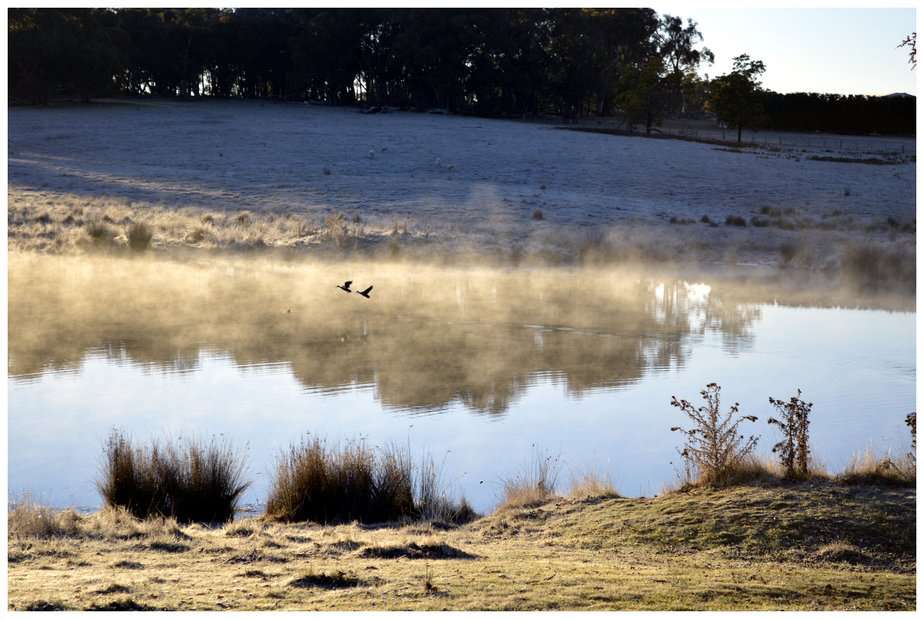
Essential Tips for Small Farm Owners
For small farm owners, a well-maintained farm dam is not only a vital water source but also a key component of the overall agricultural ecosystem. Proper farm dam maintenance ensures a reliable water supply for crops, livestock, and other agricultural activities. Neglecting dam upkeep, on the other hand, can lead to costly repairs, reduced efficiency, and potential environmental consequences. In this blog post, we will explore essential tips and guidelines to help small farm owners effectively maintain their farm dams, ensuring long-term functionality and sustainability.
1. Regular Inspections are Key
Just as you routinely inspect your equipment and livestock, your farm dam also requires regular inspections. Regular visual checks help identify potential issues early on, preventing them from escalating into major problems. Inspect the dam’s walls, spillways, and embankments for signs of erosion, cracks, or damage. Address any concerns promptly to avoid further deterioration.
2. Clear Vegetation Regularly
Vegetation, such as trees and shrubs, can weaken dam structures by infiltrating the embankments and causing erosion. Regularly clear vegetation around the dam and its spillways to prevent root penetration and ensure proper water flow. If trees are too close to the dam, their removal might be necessary to prevent future damage.
3. Manage Sediment Buildup
Sediment buildup is a common issue in farm dams, affecting their capacity and water quality. Sediment can reduce water storage capacity and promote weed growth. Regularly remove sediment from the bottom of the dam using appropriate equipment, such as excavators or dredging machinery. Proper sediment management improves the dam’s overall efficiency and longevity.
4. Maintain Spillways
Spillways are designed to release excess water and prevent overtopping of the dam. Keep spillways clear of debris, vegetation, and sediment to ensure they function effectively during heavy rainfall or high water levels. Regularly inspect and maintain spillways to prevent erosion and structural damage.
5. Address Erosion Concerns
Erosion can compromise the integrity of your farm dam and lead to costly repairs. To prevent erosion, establish protective vegetation on the dam’s embankments. Plant grasses, shrubs, or other erosion-resistant plants that can stabilize the soil and prevent runoff. Implement erosion control measures such as terracing or gabion walls if necessary.
6. Monitor Water Quality
Maintaining good water quality is essential for the health of your crops and livestock. Regularly test the water for contaminants, pollutants, and nutrient levels. Address any water quality issues promptly to prevent negative impacts on agricultural productivity and ecosystem health.
7. Repair and Maintain Infrastructure
Dam infrastructure, including valves, gates, and pipes, should be regularly inspected and maintained. Ensure that valves and gates are functioning correctly, and repair any leaks or malfunctions promptly. Properly maintained infrastructure ensures efficient water distribution and usage across your farm.
8. Consider Wildlife and Aquatic Life
Your farm dam may also serve as a habitat for various wildlife and aquatic species. Balance your maintenance efforts with ecological considerations. Create designated areas for wildlife and protect native plants and animals that contribute to the dam’s ecosystem.
9. Seek Professional Expertise
While small farm owners often have a hands-on approach, certain maintenance tasks may require professional expertise. Consulting with agricultural engineers, hydrologists, or other experts can provide valuable insights and guidance for effective dam maintenance.
10. Plan for Upgrades and Repairs
As with any infrastructure, farm dams have a lifespan and will require periodic upgrades and repairs. Develop a long-term maintenance plan that includes regular inspections, scheduled upgrades, and repairs. Proactively addressing issues before they become critical can save you time, money, and stress in the long run.
Conclusion
Farm dam maintenance is a crucial responsibility for small farm owners, ensuring a reliable water source and promoting overall agricultural sustainability. Regular inspections, vegetation management, sediment control, spillway maintenance, erosion prevention, water quality monitoring, infrastructure upkeep, ecological considerations, professional guidance, and long-term planning are all essential components of effective dam maintenance. By following these guidelines, you can ensure that your farm dam remains in optimal condition, supporting your farming operations and contributing to the health of your land and environment. Remember, a well-maintained farm dam is not just a functional asset – it’s a testament to your commitment to responsible land stewardship and sustainable agriculture.
More reading
Early Warning Signs for Earth Dam Failure
